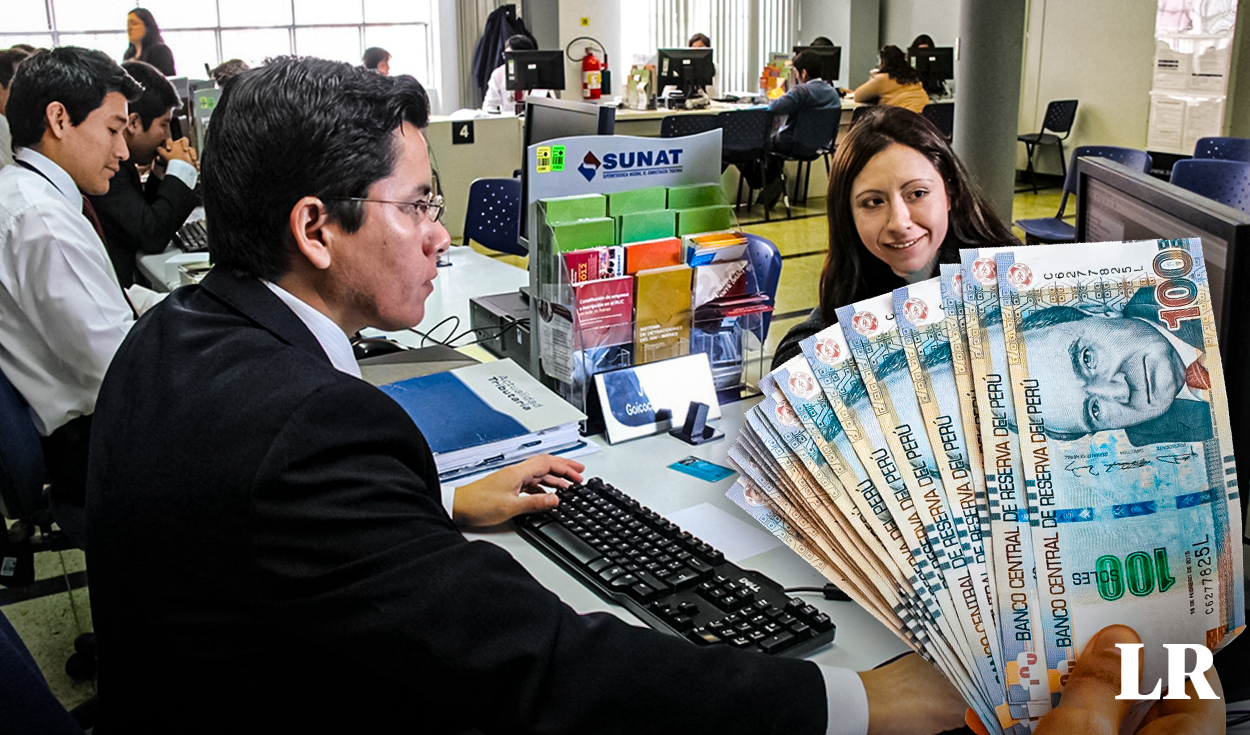
More than two months have passed since the Executive Branch and the five public sector union confederations signed the 2023-2024 Centralized Collective Agreement, which included the delivery of a bonus of S/600. To date, the deposit of this money has not been made despite the announcement of the Ministry of Economy and Finance (MEF), which had promised to send the respective bill. Below, we tell you all the details of this economic benefit and what is missing to guarantee its implementation.
S/600 bonus: when will it be delivered?
There is still no date regarding the delivery of this bonus of S/600 to State workers. However, it is necessary to point out that the agreement signed between the representatives of the Executive Branch and the unions establishes that said payment must be made effective through a law, which was not processed in July. In this regard, the last thing that the Minister of Economy, Alex Contreras, said to La República was that his office would send a legislative initiative for supplementary credit that incorporated this bonus.
“We are going to send it in this supplemental credit to Congress“I estimate (that) maximum in two weeks, so that this payment can be attended to,” said the head of the MEF in August.
For her part, Congresswoman Isabel Cortez published on her social networks on September 6 that the Ministry of Economy and Finance promised to send said bill in the following days so that it can be debated in Parliament’s committees.
S/600 bonus: what are the reasons for the delay?
Through a letter, the workers who signed the 2023-2024 Centralized Collective Agreement expressed their discomfort at the failure to deliver the subsidy, since to date no rule has been issued authorizing the disbursement and the deadline has already been met. period for payment to begin.
“It is a pleasure to go to your office to send you the cordial greetings of the CITE-Unasse-CTE-Conasep and Confetep Expanded State Unity Coalition, and at the same time express the enormous labor unrest of 562,000 public servants due to the mockery of the Ministry of Economy regarding the non-payment of the exceptional bonus of S/600which should have been paid last July”they pointed out.
In that same sense, José Sandoval, of the State Workers’ Front of Peru, stated in statements to this medium that the delivery of this economic benefit to public workers is pending and urged the government to reconsider the way in which the S/600 bonus will be approved.
S/600 bonus: which workers will receive it?
The S/600 bonus will benefit the more than 582,000 public sector workers who are part of the 2023-2024 centralized collective bargaining. These are the labor regimes that this agreement includes:
- Legislative Decree 276 (Law of Bases of the Administrative Career and Remunerations of the Public Sector)
- Legislative Decree 728 (Law on Labor Productivity and Competitiveness)
- CAS Regime (Decree Law No. 1057)
- Civil Service Law (Law No. 30057)
- Law of the Special Public Penitentiary Career (Law No. 29709)
- Law of the Diplomatic Service of the Republic (Law No. 28091)
S/600 bonus: what are the requirements?
According to the minutes signed between public sector workers and the government, these are the requirements for beneficiaries to access the payment of the S/600 bonus:
- In the case of national and regional government entities, they must prove an employment relationship as of June 30, 2023. Likewise, the beneficiary personnel must be registered in the Centralized Registry of Data Sheets and Human Resources of the Public Sector of the Ministry of Economy and Finance.
- For their part, municipal workers must appear in the Electronic Payroll (PDT Plame) of the Ministry of Labor and Employment Promotion (MTPE) and have an employment relationship as of June 30, 2023.
Source: Larepublica
Alia is a professional author and journalist, working at 247 news agency. She writes on various topics from economy news to general interest pieces, providing readers with relevant and informative content. With years of experience, she brings a unique perspective and in-depth analysis to her work.












